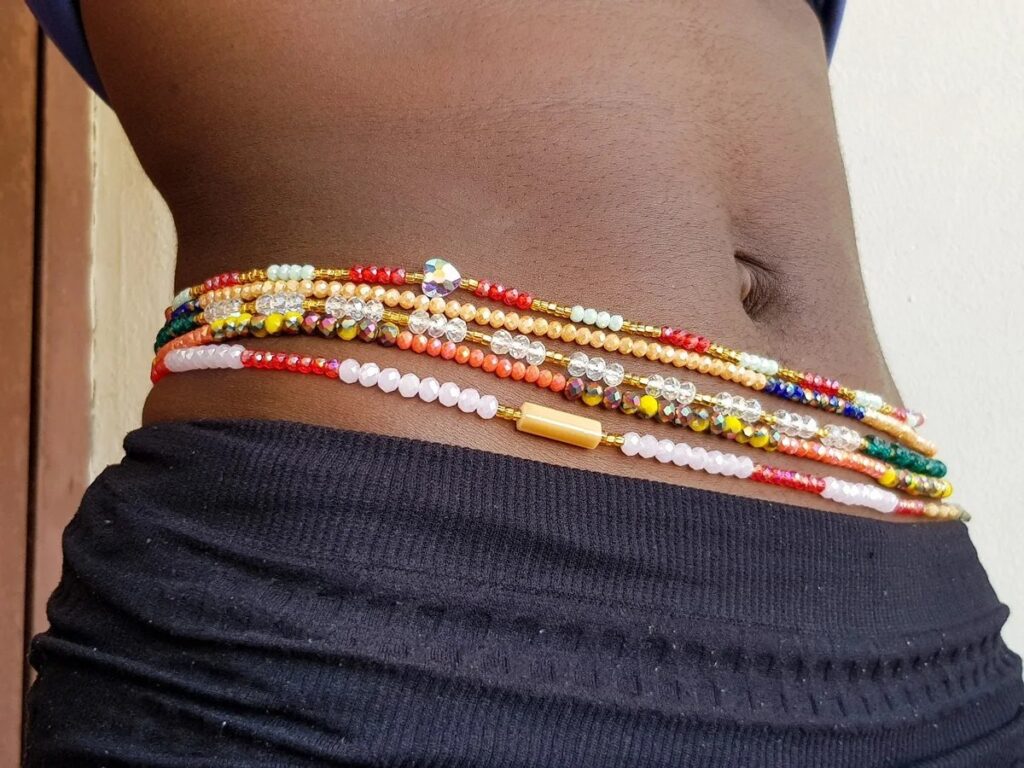By: Kekeli K. Blamey
In the bustling communities of Ghana, lies the vibrant youths who dialy adapt to a few changes from the western world.
Amidst this cultural melting pot, a traditional practice is slowly disappearing – the wearing of waist beads.
Once a staple of Ghanaian culture, these intricately crafted beads are losing their allure.
For centuries, waist beads have been an integral part of Ghanaian tradition, symbolizing femininity, beauty, and strength. They connect wearers to their ancestors and heritage, marking rites of passage and milestones.
However, a recent survey revealed that 70% of Ghanaian youths aged 18-25 do not wear waist beads regularly, with 45% having never worn them at all.

Many Ghanaian youths view waist beads as old-fashioned and irrelevant. “I don’t see the point of wearing beads around my waist,” says a university student. “It’s not trendy, and I prefer modern accessories.”
The decline of waist beads can be attributed to various factors. Westernization and globalization have led to increased exposure to Western culture, causing a shift away from traditional practices.
Urbanization has also distanced youths from rural areas where waist beads are more commonly worn.
Furthermore, changing beauty standards prioritize Western-style fashion over traditional adornments.
Cultural experts lament the decline of waist beads, emphasizing that they hold deep cultural significance. “The decline of waist beads is a loss of cultural identity. Youths are disconnecting from their roots.”
In an effort to combat the decline, cultural education programs are being implemented in schools. Fashion designers are incorporating waist beads into modern designs, and social media campaigns promote the cultural significance of waist beads.

Some argue that incorporating waist beads into modern fashion can revitalize interest. “We need to make waist beads cool again. By blending tradition with modern style, we can make our youth proud of their heritage.”
However, others argue that the decline of waist beads is a natural evolution of culture. “Culture is dynamic, and traditions change over time. We can’t force our youth to wear waist beads if they’re not interested.”
As the debate continues, one thing is certain – the decline of waist beads signals a broader cultural shift. As traditional practices fade, it’s essential to preserve cultural heritage and educate younger generations about the significance of waist beads.
In a world where cultural identity is increasingly important, Ghanaian youths must decide whether to hold onto their traditional roots or forge a new path. Will the tide turn, or will this cultural tradition continue to fade? Only time will tell.





